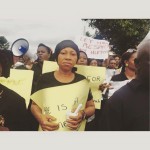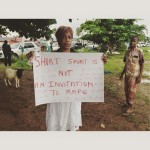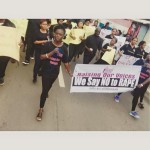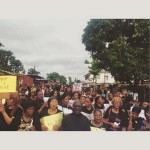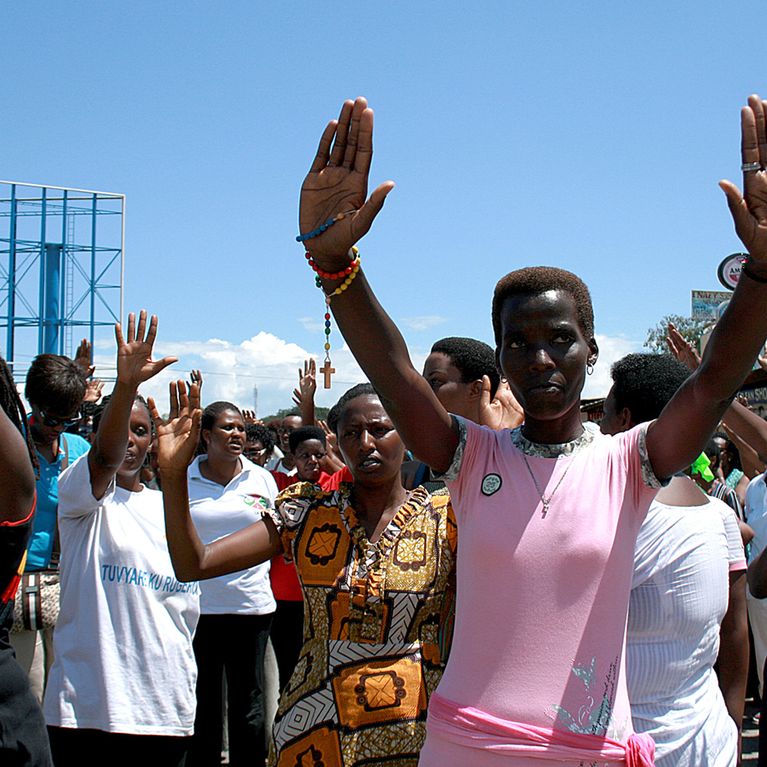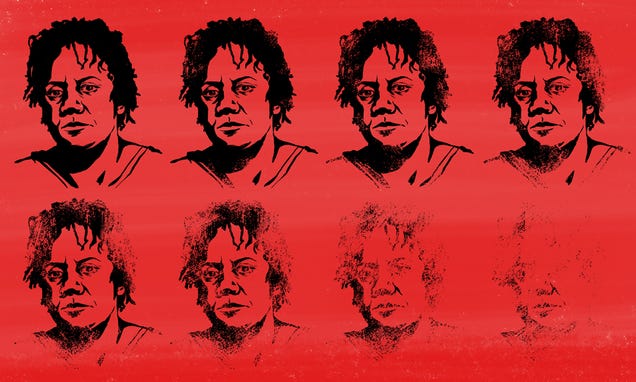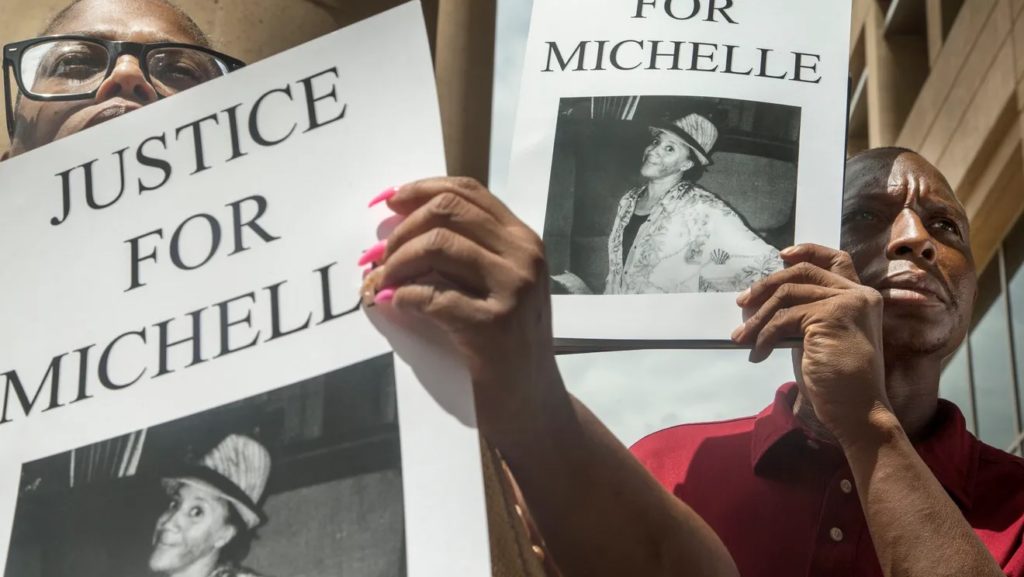Former WeWork cleaners’ vigil at WeWork headquarters on Monday
In the United States, August 26 is Women’s Equality Day. On Aug. 26, 1920, the amendment guaranteeing the right to vote for women officially became part of the U.S. Constitution. That equality does not extend to the workplace. Ask the women who clean offices. They’ll tell you of rampant sexual violence, harassment, persecution, and dismissal for speaking up or trying to organize. This is part of the global condition of women workers in the shining not-so-new economy of global cities.
In Boston, Tufts University “employs” around 200 janitors. The workers officially work for DTZ. DTZ describes itself as “a global leader in commercial real estate services.” DTZ boasts “facilities management for Harvard, Stanford, Florida State universities and many more colleges and universities across North America, Australia and Asia.”
Tufts claims DTZ began plans for reorganizing its custodial staff a while ago. Tufts also claims the university “planned the layoffs because it found out it was paying more for cleaning services than other similar universities … The restructuring will save the university about $900,000.” Both stories could be true at the same time.
Tufts would not speak with the janitors because the janitors don’t work for Tufts. They work for DTZ. When the notices finally came, janitors, students, the Service Employees International Union and other supporters began a months’ long campaign, which resulted in a temporary stay of eviction. But then the school year ended, the students went off, and the workers remained.
In July, DTZ told all the workers they had to change their schedules. Paula Castillo, 67-years-old, has worked as a janitor at Tufts for 19 years. She describes the impact of changed hours and increased workloads, “The shift in our work plus the change of our schedules have had a large impact on us. I used to schedule my weekly hospital appointments around 4 p.m. after work, but now that my hours were changed, I can’t go at 4 … The problem is that I won’t be able to clean the 120 bathrooms, and four buildings with three to five floors that I’m assigned to. We won’t be able to finish all the work they’ve assigned us. What they want is to take out all the elders, and it’s difficult to find a job because of my age. I won’t be able to.”
This is not particular to Tufts or to DTZ. It’s the same-old and new norm, all at once. At Sotheby’s in London, four Latin American workers joined a protest asking for livable sick leave. The next day, they were fired, but they don’t work for Sotheby’s. They work for Servest, “one of the largest cleaning services companies in the UK with experience in every setting you can imagine … With us, you can also expect a completely flexible approach.” Servest also flexibly “maintains” Cambridge University.
In New York, WeWork “released” its sub-contracted cleaners this past Monday, and announced it would be hiring new workers in “an exciting transition.” The new hires will be called Community Service Associates, and they must now demonstrate an “ability to communicate in English.” There is no mention of the metrics for evaluating that ability. Carlos Angulo has worked as a cleaner at WeWork for two years: “If I talk to the toilet in English it’s not going to answer. The printer doesn’t ask me to talk to it in English.”
These work forces are overwhelmingly women of color, and more often than not immigrant and transnational women of color. From dismissals to changed schedules to reduced hours and work speedups, efficiency and paying-more-for-services-than-our-brothers always provides cover for the systemic assault on women’s dignity and well being: office cleaners, garment workers, home health care workers, domestic workers, restaurant workers, teachers, nurses, women farm workers, women.
(Photo Credit: SEIU 32BJ / Gothamist)

